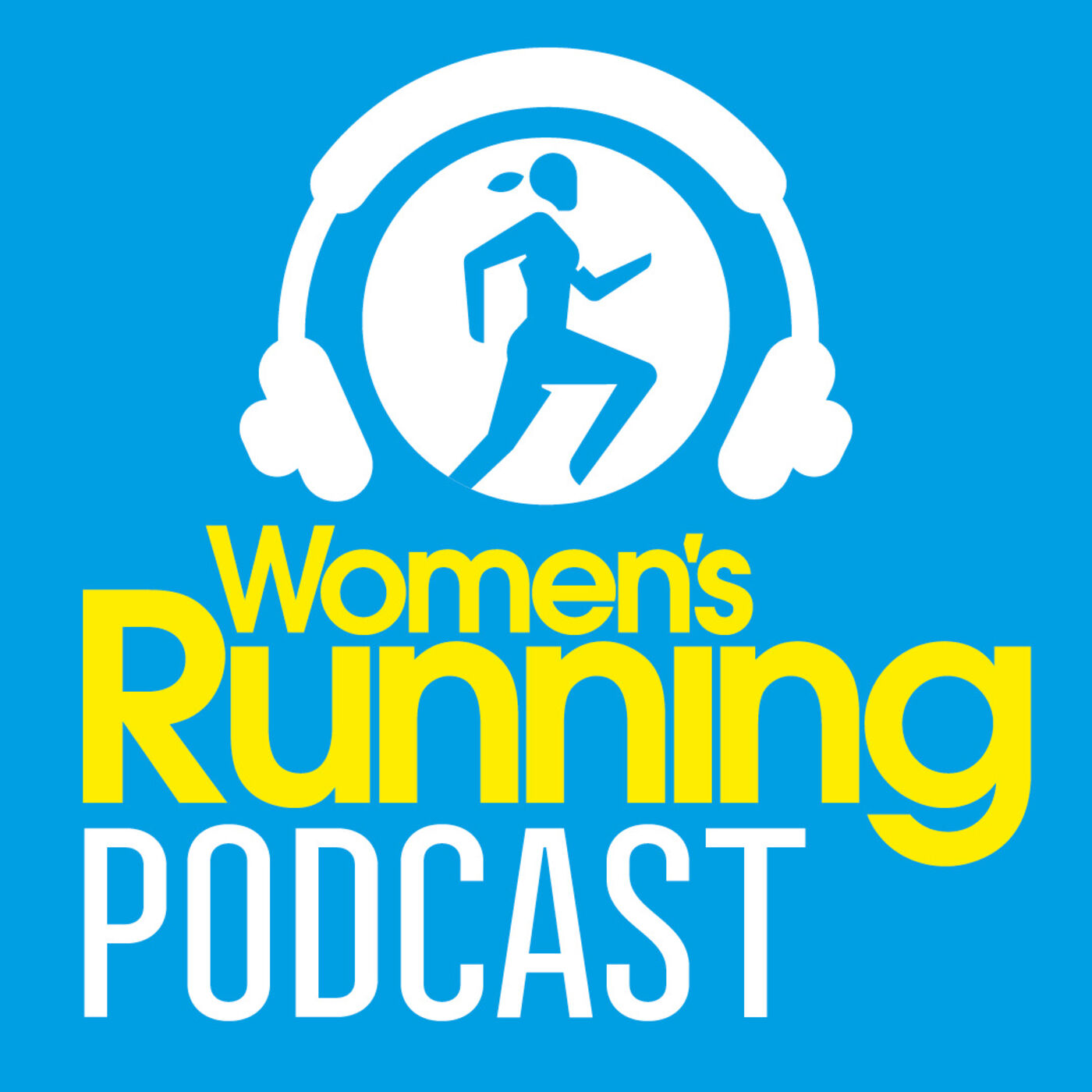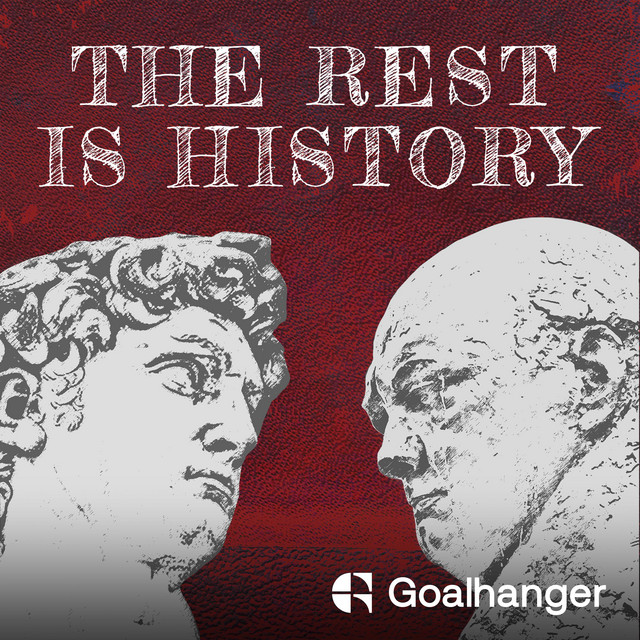
What do we mean by “podcast community”? A podcast community is the group made up of your listeners, guests, hosts and podcast team (even if that’s just you). Made up of your most invested audience, it’s where much of the buzz and conversation around your show happens.
For branded or B2B podcasts, there’s often a significant overlap between your podcast community and your customer base. But whatever your podcast type, it's a fertile space for scaling your podcast. Gain more listeners, monetise your show and build your brand.
But not all communities are created equal. Listeners who actively respond, share and contribute bring far more value than those who consume passively. For your audience to support your podcast’s growth, they need to be involved. We’ll break down practical strategies for nurturing an active audience—but first, let’s take a closer look at the benefits of doing so.
You can put money behind marketing to get your podcast in front of new ears. But a loyal listener base can grow your podcast more organically and at a fraction of the cost.
At the heart of active communities are listeners who amplify your content. Whether that’s sending in questions, commenting, or sharing episodes with their network, this kind of interaction boosts your podcast’s discoverability. It also signals value to algorithms and podcast charts, helping your content reach new audiences.
Just like viewers pay for TV streaming platforms, podcast listeners are often willing to pay for content they love. If you offer extras or bonuses in exchange for a subscription or membership, you can make your podcast financially sustainable.
Of course, this depends on demand—and a committed audience helps you gauge what people are willing to pay for. A little investigation into your listenership reveals what they want, and what kind of model would work best.
If you’re putting time and effort into your podcast, you want reassurance that it’s landing well. But without feedback, it can feel like you’re speaking into the void. Are you getting your message across? Are you delivering what listeners want?
A responsive community gives you those answers. You’ll see what episodes resonate, what falls flat, and what your audience wants more of. That insight helps you shape your podcast into something that truly serves and excites your listeners.
To grow a thriving podcast audience, it's smart to spread your presence across platforms that support listening, interaction, and discoverability. Let’s look at how different tools can support listener involvement.
Distribution platforms like Acast or Podcast.co primarily exist to get your podcast onto major listening apps. But they also play a key role in expanding your reach.
Being listed on popular apps like Spotify, Apple Podcasts, and Google Podcasts means more potential listeners can find you. While these platforms don’t offer many built-in engagement tools, they serve as the top funnel to attract a wider audience—many of whom will become part of your core listener base.
A dedicated webpage gives you a hub for all your podcast content—and unlike social media, it’s a space you control.
Optimised pages help with SEO, drawing in listeners who find your podcast through search. Services like Podcast.co let you embed a podcast player, so people can listen directly from your site. This makes your podcast more accessible and broadens your potential listener base.
Voice note tools like Vocal and SpeakIn offer a more intimate way to connect with your audience. Listeners can submit comments, questions or reactions via voice, which you can then feature in future episodes. It creates a conversation between you and your audience, helping listeners feel directly involved in the content.
Newsletters are a great way to cut through the noise of social media and build a direct line to your audience. They give space for more personal storytelling, behind-the-scenes insights, or deeper dives into your podcast topics.

For example, Chris Williamson’s 3 Minute Monday newsletter acts as personal debrief to his Modern Wisdom podcast. The newsletter digs into Chris’s recent challenges, showing his relatability and making him more likeable. This helps his audience become invested in his opinions and turn into loyal listeners. The newsletter’s simple structure, designed to be read in 3 minutes, entices readers by teasing the most controversial points from upcoming episodes. By sharing his thoughts on these points, Chris encourages listeners to form their own opinions, transforming them from passive consumers to active members of the podcast community.
If you want your audience to engage, make the ask. Go beyond “subscribe and share”—explain how their input helps shape the show, attract better guest of their support, they’re more likely to take action.
Engagement is a two-way street. When your audience comments or shares, respond. This can help turn a one-time interaction into an active podcast community member. When listeners interact with your podcast, interact back. This is the strategy the hosts of Red Handed Podcast use. They end each episode by reading out a list of all their new Patreons and thanking them specifically for supporting the podcast.

It’s these simple actions that let your listeners know they’re appreciated, help them feel belonging to a community and increase participation.
Sometimes listeners need a little extra nudge to get involved. Offering small rewards—like a downloadable resource or early access to an episode—can go a long way. For example: “First 20 comments receive our PDF template for a killer CV.”
People interact with content they’re excited about. Whether it’s teasing a big guest, dropping a cryptic trailer, or starting a countdown, hype builds momentum. It also creates a sense of shared experience that draws listeners into your community.
Be specific with your calls-to-action. Whether you want listeners to comment on a post, share an episode, or answer a poll, guide them. You may want listeners to comment on a social media clip so it’s discovered by the platform’s algorithms. At other times, you may want listeners to share an episode to boost downloads. Clear call-to-actions help you specify what kind of interaction you want from your audience. Allowing you to direct audience engagement in a way which helps your podcast and your podcast community grow.
Let’s break down how different platforms can help you develop your podcast audience.
YouTube is a key player for fostering an active podcast community, as it merges listener popularity, interaction tools and the ability to upload episodes in full. YouTube is different to other social media platforms as it acts as a one-stop-shop for growing your podcasting community.
Alongside uploading your full episodes, you can repurpose clips from your podcast videos for YouTube Shorts. Made up solely of videos under 3 minutes or less, YouTube Shorts is a rival to TikTok and Instagram Reels. These videos can target keywords, be picked up by the algorithm and shown to a wider YouTube audience, significantly boosting your listenership.
Transforming your content into YouTube Shorts also provides a dynamic way to engage with your community. This easy-to-create format enables you to jump on trends, incorporate in-jokes, and share the best hooks of your podcast to connect with your audience. Better yet, it can reel in new listeners when your podcast content crosses over current trends. Short clips repurposed for other platforms to further help audience growth.
Essentially, to grow your audience pool, you can use YouTube’s search to drive organic traffic to your full episodes. This can be done by both creating YouTube Shorts, and by optimising your full length videos so they appear within YouTube’s search results. Once landed on, listeners are able to comment, like/dislike, download and share episodes - all measurable forms of interaction that help your community grow. Once you meet YouTube’s eligibility criteria (like 1,000 subscribers and 4,000 watch hours), you can also join their partnership programme and start earning ad revenue.
While Instagram is a photo and video sharing app, it still holds many useful tools for building an active podcast community. The first thing to note is its popularity. With 2 billion global users, this is a significant pool to grow your podcast community.
Although you can’t host your podcast on Instagram, it’s personal nature means it’s prime for building a relationship with your followers. And it’s this relationship that will be the starting point for your followers to join your podcast community.
Because of this personal nature, Instagram is best used to humanise your podcast. Think sharing the ups & downs of your podcast production or your hot takes on your scene. This form of content showcases your personality, appealing to users who find themselves aligned with you. It’s this group who can be motivated to join your podcast community. Your ‘main grid’ can form a home for episode snippets and artwork, as well as your off-the-cuff thoughts and insights into your world. This serves as a way followers can be updated about your podcast, while learning more about yourself.

For instance, Everything is Content, a podcast mixed and mastered by the team here at Cue, delves into the week's most viral internet stories. The creators skillfully use Instagram to draw listeners into their discussions by pairing internet stories with relevant memes and their own "hot takes." This approach encourages listeners to share their opinions, and draws them into their podcast community. For their audience, tuning into the podcast becomes an integral part of cultural discourse, much like reading a popular article, effectively removing any disconnect. As a result, Everything is Content gets 60K downloads each month.
Show your personality further using relatable memes in Stories, then drum up engagement by using polls, Q&A stickers and quizzes. As you develop the relationship with your followers, use CTAs to help convert them into active members of your podcast community. The Stories feature for example, allows for you to record to-camera video while linking to your full podcast elsewhere.
TikTok is ideal for discoverability and sparking conversation. Short-form podcast clips can reach new audiences quickly when aligned with trends or popular sounds.
Duet and stitch tools help keep interaction flowing, and going live opens up real-time chat with your listeners. Together, these tools help build an audience who’s not just watching—they’re responding, reacting and becoming part of the wider conversation.
While Instagram and TikTok are personality-focused, Reddit is the alternative where many users bask in anonymity. An effective Instagram strategy uses relationships to build your podcast community, but within Reddit it’s your podcast content itself that’s your best leverage.
With its vast network of niche communities (subreddits), podcasters can engage directly with listeners by participating in relevant subreddits, answering questions, and sharing new episodes. Participating in relevant subreddits can establish yourself as an authority or a thought-leader on a topic. This builds trust in your podcast and helps listeners feel aligned with your brand, making your podcast community an attractive space to get involved with.
As Reddit centres users' opinions, it’s the ideal space to get ‘into the weeds’ and deep-dive into your podcast topics, sparking conversation around your podcast. Creating a dedicated subreddit for the podcast allows fans to connect with each other, share their thoughts and start discussions, creating a strong sense of belonging and shared interest. Additionally, AMAs (Ask Me Anything) with hosts or guests can generate significant buzz and deepen listener engagement, taking passive listeners into active and vocal community members.
For a social media platform, Reddit users are less confined to the app, and likely to listen to your episodes elsewhere.
Discord, a free platform for video, voice, and text, is ideal for building your podcast community. It works by letting users create servers, invite others to join, and setting permissions for the group. For example, you can livestream a podcast episode, and give voice permissions to your group when taking a Q&A. At other times, enable all forms of interaction between your group to let your podcast community bubble away without your input.

Being invite-only makes Discord an easy option for distributing your premium content. On a basic level, completing a call-to-action might earn your listeners with a Discord invite. When starting off, this might be a simple prompt to leave a comment if they want a guide or expertise. Further down the line, this could be bonus-episodes or live Q&As for your paying subscribers. For example, the Women’s Running Podcast links their subscription tiers on Patreon to their Discord channel. The most expensive tier, gets access to a Discord forum with the podcast hosts themselves, Esther Newman and Holly Taylor., the opportunity to shape episodes, and bonus content. Discord can be used to incentivise and encourage listeners to interact with a podcast, building a strong podcast community.
Podcasts that pack in value for their audience have loyal listeners. And these loyal listeners often want more than your standard offering. Here you have the remit to offer membership or subscription models in exchange for extras.
For example, The Rest is History podcast ranks at number 1 in the Apple Podcasts History chart and has over 11 million downloads each month. Its production team capitalised on its sheer popularity by launching a paid-for membership: The Rest is History Club. In exchange for a subscription fee, listeners get bonus episodes, typically as a mini-series. This was made possible by the popularity of the podcast, and how this was translating to engagement at live events and on social media.

Why is the podcast so popular? Ultimately because of the value it offers listeners: it’s highly informative and educational, whilst being engaging and entertaining. Tony Pastor (the co-founder of its production company GoalHanger) attributes these qualities all down to the podcasts hosts, historians Tom Holland and Dominic Sandbrook:
“We can put out episodes on very unusual subjects and yet the audience trusts Tom and Dominic to tell them such an engaging, intelligent, and witty narrative.”
Many listeners want to support creators they believe in. Platforms like Buy Me a Coffee and Ko-fi allow fans to make one-off or recurring donations to keep your podcast going.
Being transparent about your goals helps. Whether it’s buying better equipment or covering editing costs, people are often happy to chip in when they see where their money’s going.
A clearly defined listener group makes your podcast appealing to brands. When you have an active audience with shared interests, it’s easier to attract relevant sponsorships or brand deals.
It also opens doors to platform-specific programmes. For example, once your YouTube channel hits certain milestones (1,000 subscribers, 4,000 watch hours), you can join the YouTube Partner Programme and earn a share of ad revenue. Active audience engagement helps you reach these thresholds faster.
A strong community does more than just boost morale—it turns attention into opportunity.
Growing a loyal podcast community takes more than just good content—it requires strategy, consistency, and the right support. Our nine-step approach is designed to help creators build and nurture exactly this kind of engaged audience. From launch to long-term promotion, we take care of podcast distribution—ensuring your episodes reach all major platforms—and create bespoke social media content tailored to amplify your reach. That’s a huge win when trying to build anticipation around new episodes or drive action through clear CTAs.
Our data-led methodology also gives you insight into what’s resonating with listeners, helping you refine your message and offer value in return. Whether you’re asking for feedback, building hype for your next guest, or responding to comments to keep the conversation going, our strategic framework supports the very actions that foster community and turn casual listeners into committed supporters. Check out our work below, and for your free proposal, get in touch.
A thriving podcast community isn’t built overnight—but with the right strategies, tools and mindset, it’s absolutely within reach. By encouraging interaction, offering value, and showing up consistently across platforms, you can transform passive listeners into active participants. Whether it’s through direct engagement, social content, or voice-driven feedback, the goal is the same: to grow a podcast community that people feel part of.

Join our carefully curated newsletter packed with insights, tips and resources to help shape and share your stories.